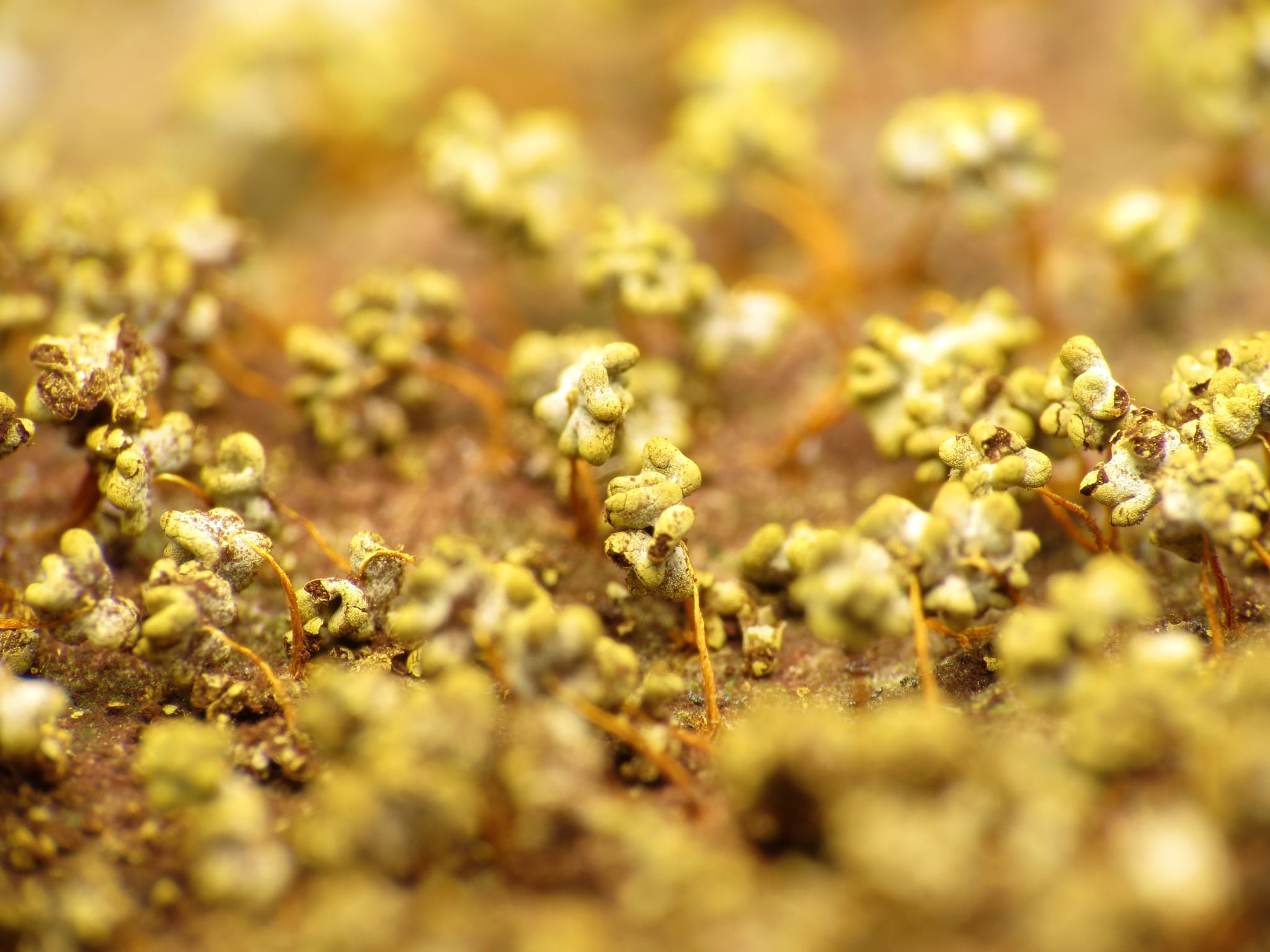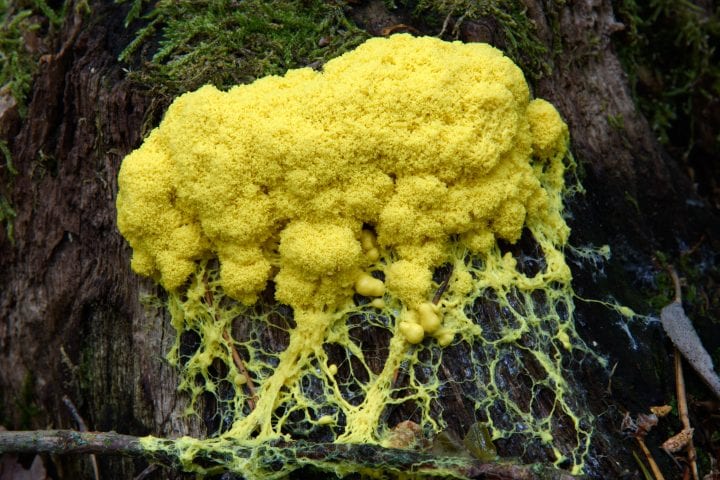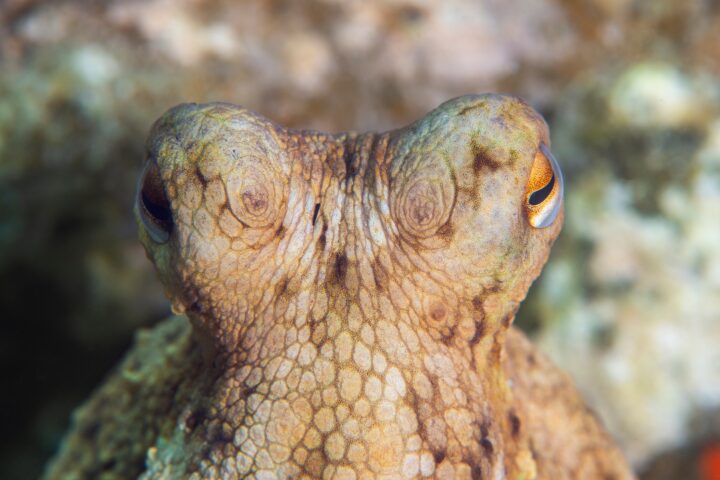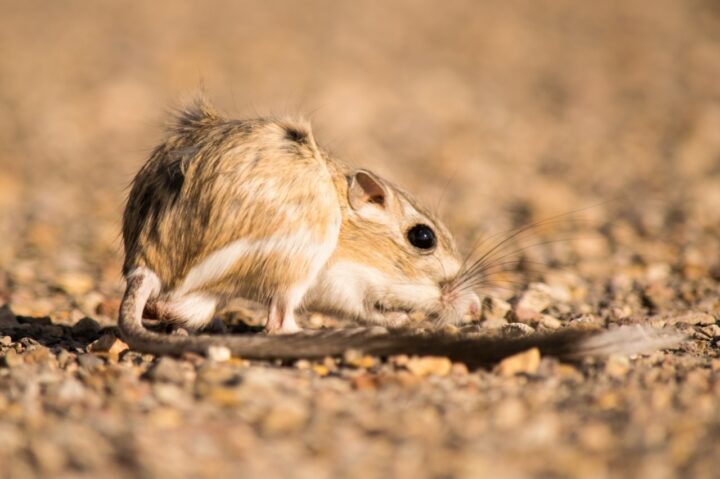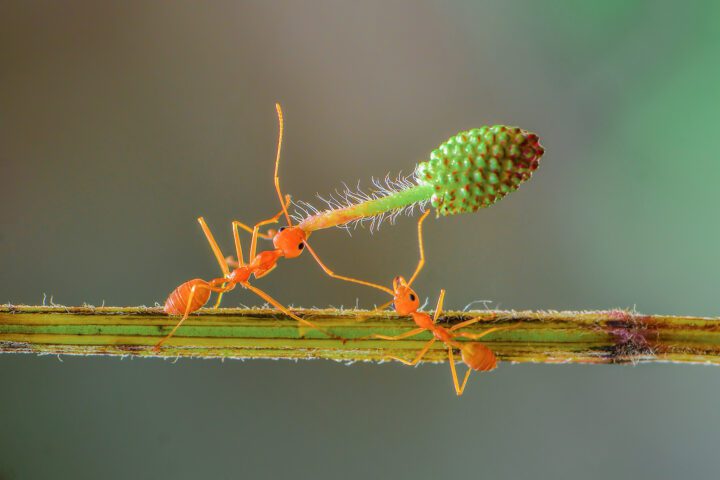This single-celled organism creates efficient, resilient networks by constantly expanding and retracting in many directions.
Introduction
Though it looks like little more than a splash of paint and consists of but a single cell, slime mold has a remarkable life story. When times are good, it exists in its “plasmodium” form––a single cell with countless nuclei, spreading across damp surfaces near the forest floor as it grazes on microbes it finds there. When food and moisture are scarce, it forms a hard, stalked structure and releases spores that wind and rain can carry to new locations. When they find favorable circumstances, spores morph into amoebas, team up to make a new plasmodium, and the slimy search for food begins anew.
The way it performs that search has a thing or two to teach even sophisticated multicellular organisms like ourselves.
The Strategy
In its plasmodium stage, Physarum polycephalum (also known as “the blob”), looks like an expanding viscous fluid extending tiny fingers in various directions. As it grows, it pushes its fluid innards into these pulsating protuberances, creating a network of nutrient-carrying tubes. Tubes that encounter nourishment grow more robust. Those that fail to find food shrink back, leaving a trail that tells the organism not to bother heading that way again.
Watch how Physarum’s foraging skills can help self-driving cars:


Over time, the slime mold takes on the form of a network that looks like a conglomeration of spokes—the successful food-carrying tubes—and hubs—the food sources it discovered during its explorations. Through trial and error, what initially appears to be directionless growth leads to the development of a highly efficient and dynamic food acquisition and transportation structure.
The process doesn’t just minimize the distance the slime mold needs to reach each food source. Rather, the creature is able to find the “sweet spot” among multiple, sometimes competing, goals. Those goals include minimizing the length of tubes, minimizing average distance food needs to travel, avoiding adversity, and maximizing the ability to cope with accidental disruption.
This process is so effective that a slime mold can use it to solve a maze or optimize networks among artificially placed nodes.
The Potential
A slime mold’s approach to optimizing networks through exploration and reinforcement can be applied to enhancing efficiency in a wide range of human activities. Self-driving cars could use its algorithms to identify the best path to take to a destination in the context of real-time updates on road capacity, traffic volume, and intermittent obstacles. Infrastructure designers could apply it to designing efficient systems for rail transit, delivery routes, water pipes, power grids, and more. A slime mold itself can even be used to define optimal routes by creating a model of the routing puzzle for it to solve in real time.
The slime mold’s strategy might also be applied in search efforts, whether for lost hikers in a forest or for desired information online. It already has been used to develop an algorithm for modeling the positioning of galaxies relative to each other and to optimize material design.
Any time the choices are many and efficiency is a goal, we might do well to turn to this seemingly simple organism to guide our path to success.
